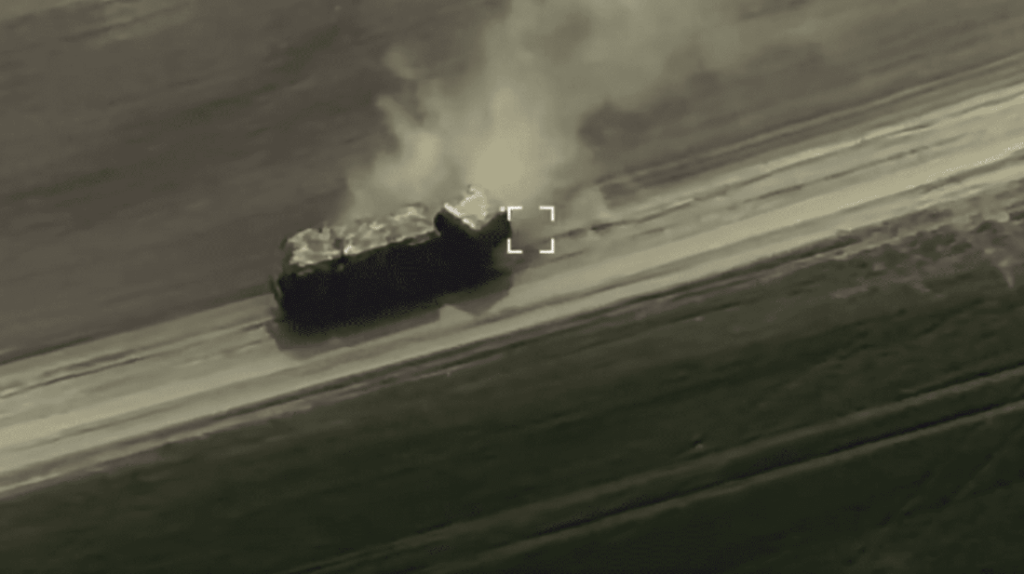Ukrainian drone forces have eliminated Russia’s $50 million “Zaslon” radar.
Others are reading now
Ukrainian drone operators have achieved the first confirmed destruction of Russia’s high-value “Zaslon” radar system — originally designed for warships but recently adapted for ground operations.
The strike was carried out by the 413th Battalion of Ukraine’s Unmanned Systems.
The “Zaslon” complex, valued at over $50 million, had previously avoided damage throughout the full-scale conflict.
Ukraine’s forces located and destroyed it despite it being mounted on a wheeled platform, not a naval vessel.
Also read
The location of the strike has not been made public for security reasons.
Naval Tech Turned Land Target
Russia had repurposed the radar — normally installed on corvette-class ships — to support ground-based air defense and command operations. Its capabilities include tracking up to 200 targets simultaneously, identifying aerial and surface threats, and issuing targeting data for missile and artillery systems.
According to the Ukrainian military on Telegram, the destruction of the Zaslon system is the first documented instance of such an advanced radar being neutralized in combat.
Drone footage reportedly confirms the hit, but specific operational details remain classified.
What Makes Zaslon So Important?
The Zaslon radar system is a multi-functional naval sensor suite with 360-degree coverage and advanced jamming capabilities.
Designed to replace older systems like the Furke-2, Zaslon can detect targets up to 300 kilometers away and track even low-flying or stealthy threats.
Key features include:
- Tracking for up to 200 aerial or surface targets
- Coverage across X, S, L, C, and Ku frequency bands
- Electronic warfare support, including active jamming
- Integration with shipboard missile systems and aircraft support
The Zaslon radar is just the latest high-tech asset eliminated by Ukrainian drones.
In early April, Ukraine’s Shadow 59 unit released footage showing the destruction of a rare Tirada-2 electronic warfare system, hidden in a treeline and detected via aerial surveillance.



